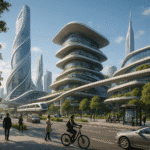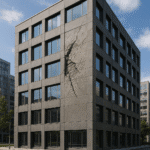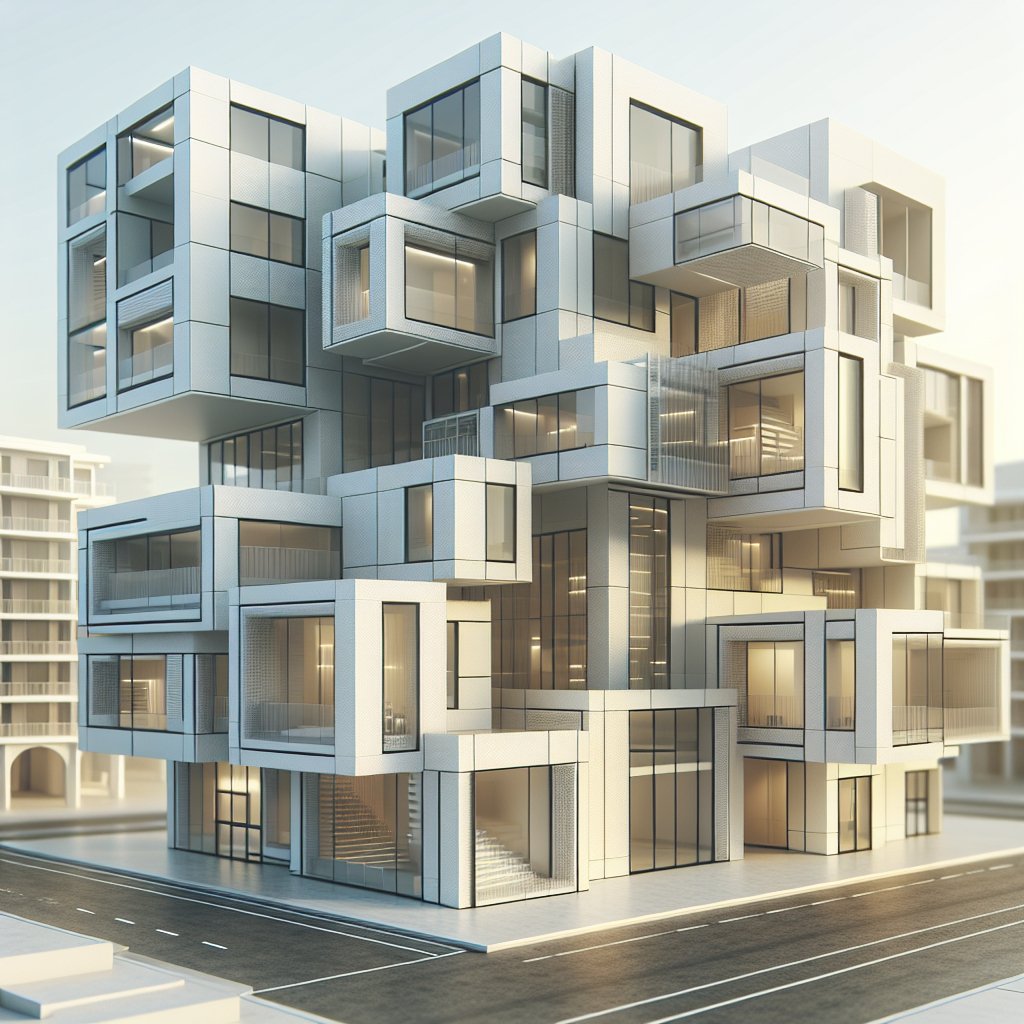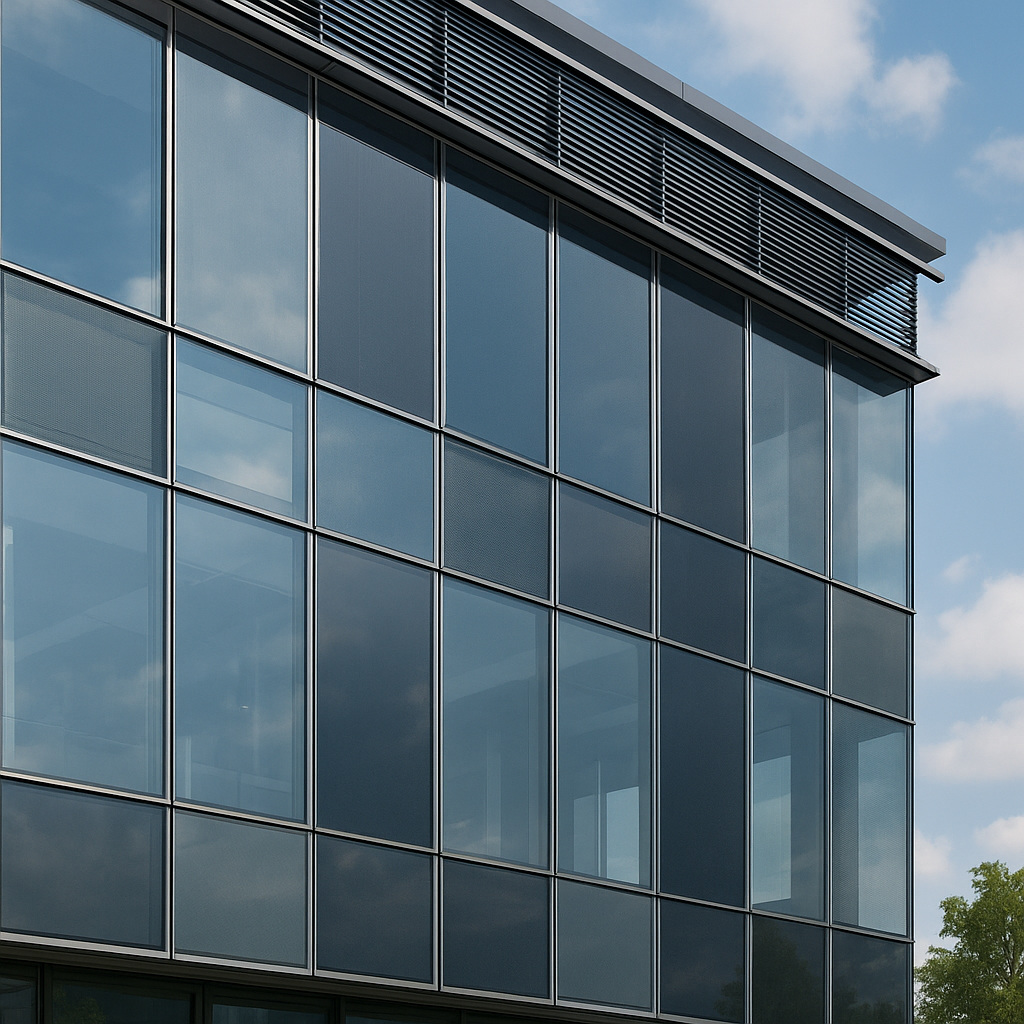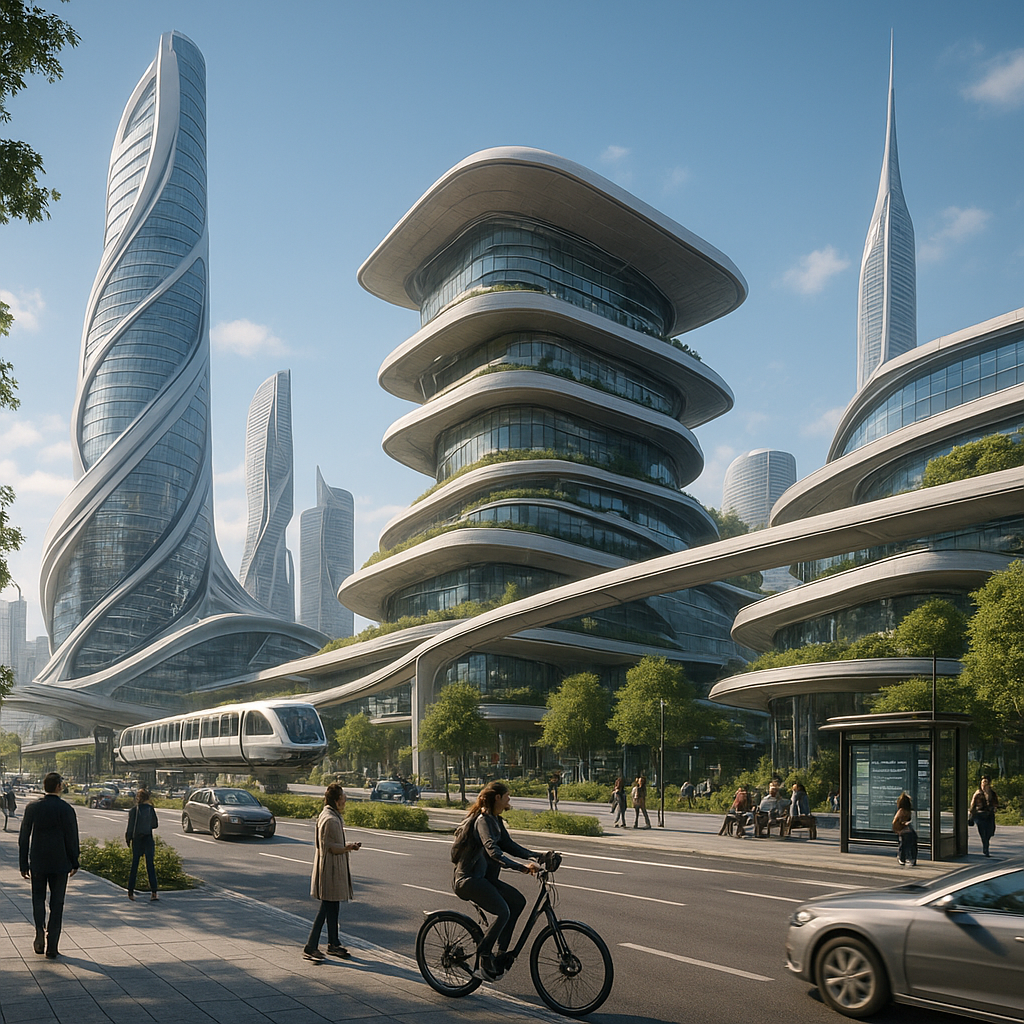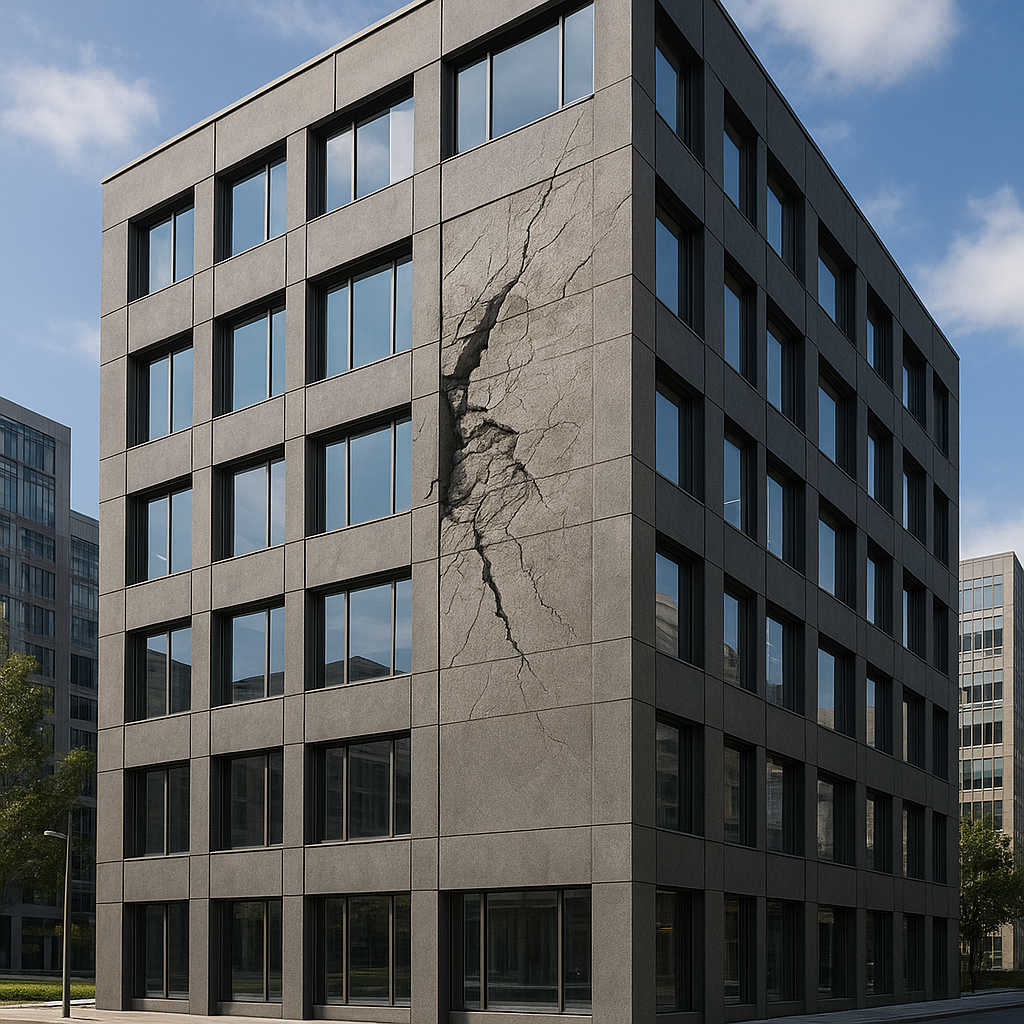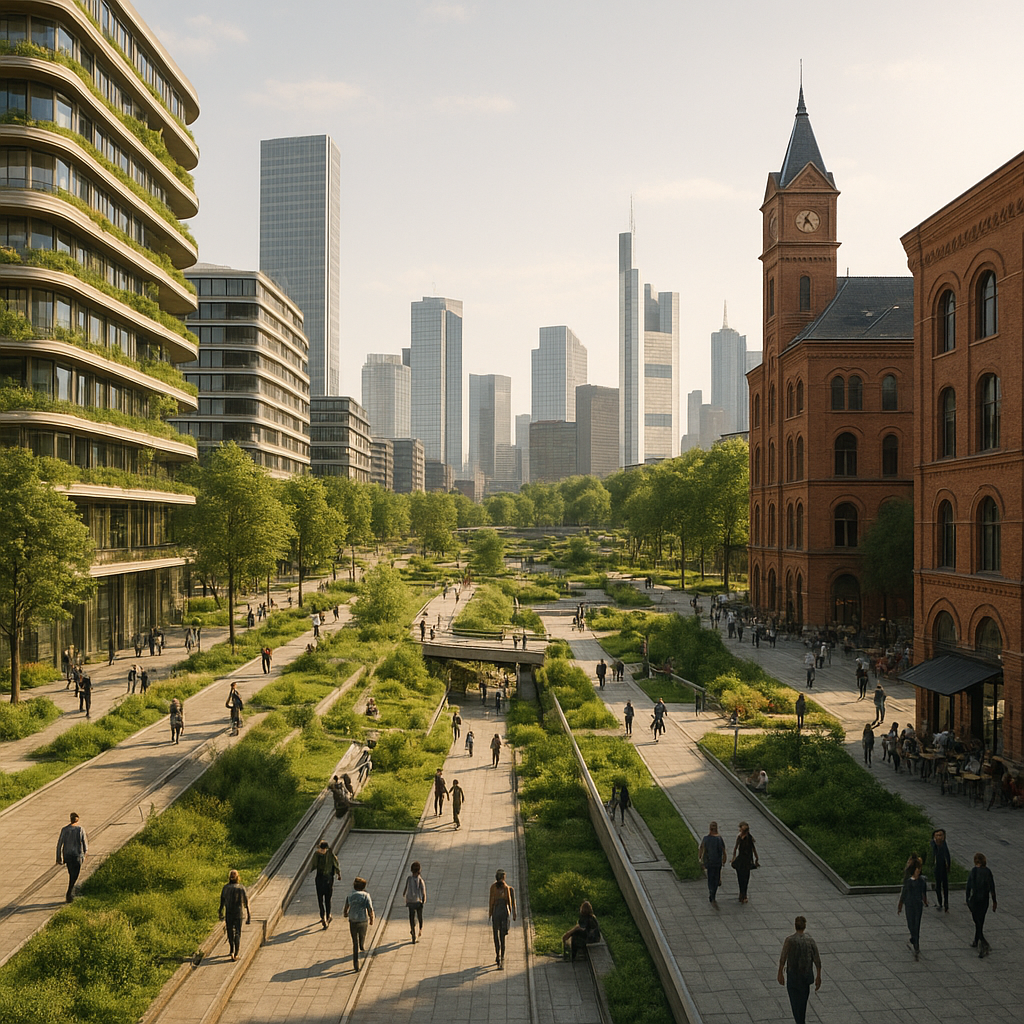Modular architecture is rapidly emerging as a pivotal trend in the realm of futuristic design, offering innovative solutions to the challenges of urbanization, sustainability, and adaptability. As cities continue to grow and evolve, the need for flexible, efficient, and environmentally friendly building methods becomes increasingly critical. This article delves into the future trends in modular architecture, exploring how this approach is reshaping the built environment and what it means for the future of urban living.
The Rise of Modular Architecture
Modular architecture, characterized by the use of prefabricated modules that are assembled on-site, is gaining traction for its ability to streamline construction processes and reduce waste. This method allows for significant time savings, as modules can be manufactured simultaneously with site preparation. The rise of modular architecture is driven by several factors, including technological advancements, economic pressures, and a growing emphasis on sustainability.
One of the key technological advancements propelling modular architecture forward is the development of Building Information Modeling (BIM) and other digital tools. These technologies enable architects and builders to design, visualize, and test structures in a virtual environment before any physical construction begins. This not only enhances precision and efficiency but also allows for greater customization and flexibility in design.
Economically, modular construction offers cost savings by reducing labor requirements and minimizing material waste. The controlled factory environment in which modules are produced ensures higher quality control and reduces the likelihood of costly on-site errors. Additionally, the speed of modular construction can lead to faster project completion, which is particularly advantageous in high-demand urban areas where time is of the essence.
Sustainability is another driving force behind the rise of modular architecture. The construction industry is a significant contributor to global carbon emissions, and modular methods offer a more sustainable alternative. By optimizing material use and reducing waste, modular construction can significantly lower the environmental impact of building projects. Furthermore, the ability to disassemble and relocate modular structures aligns with the principles of a circular economy, promoting resource efficiency and reducing the need for new materials.
Innovative Applications and Future Possibilities
As modular architecture continues to evolve, its applications are expanding beyond traditional residential and commercial buildings. One of the most exciting developments is the use of modular construction in creating vertical cities. With urban populations on the rise, the demand for high-density living solutions is increasing. Modular skyscrapers, constructed from stackable units, offer a viable solution to this challenge, providing flexible and scalable housing options in urban centers.
Another innovative application of modular architecture is in the realm of disaster relief and emergency housing. The speed and efficiency of modular construction make it an ideal choice for rapidly deploying shelters in response to natural disasters or humanitarian crises. These structures can be quickly assembled and disassembled, providing temporary housing solutions that can be relocated as needed.
Looking to the future, the integration of smart technology into modular architecture holds immense potential. Smart modules equipped with sensors and IoT devices can enhance the functionality and efficiency of buildings, offering real-time data on energy usage, occupancy, and environmental conditions. This data can be used to optimize building performance, reduce energy consumption, and improve the overall quality of life for occupants.
Furthermore, the concept of modular architecture is being extended to encompass entire communities and cities. The idea of modular urbanism envisions cities composed of interconnected modules that can be reconfigured and adapted to changing needs. This approach offers a dynamic and resilient urban environment that can evolve in response to social, economic, and environmental shifts.
In conclusion, the future of modular architecture is bright, with endless possibilities for innovation and growth. As technology continues to advance and the demand for sustainable, adaptable building solutions increases, modular architecture is poised to play a central role in shaping the cities of tomorrow. By embracing this approach, we can create a built environment that is not only efficient and sustainable but also responsive to the ever-changing needs of society.

